1876-P BF-3 |
|
|
Obverse 3  Vertically centered date slightly to the left There is a diamond-shaped gouge in the ribbon below the hand, and left of the L in LIBERTY.
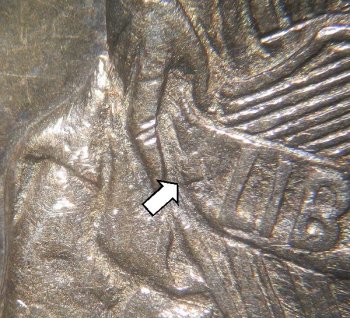 Diamond-shaped gouge Date Position: M 2.5, 0.50 mm |
Reverse B (Reverse B of 1875-P) 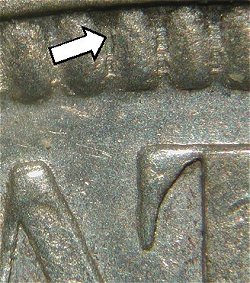 Diagonal die gouge left of denticle
Horizontal die file lines are found just to the left of the claw and tail feathers. They may be harder to see on lower-grade specimens. These may also be seen with die rust.
 Horizontal die file lines |
|
Comments: This die pair was initially utilized for proofs, and it is also believed that circulation strikes (or very poorly-made proofs) were made from this die pair at a future time. This is the only use of both the obverse and reverse dies, although it is very likely that this same die pair was utilized later in a re-marriage (see below).
|
|
|
Scarcity: This marriage appears from time to time as proofs, but we believe a small number of circulation strikes (very seldom seen) exist, despite all known examples so far being certified as proofs. See explanation below. Rarity rating: R-4. | |
1876 BF-3R (Re-marriage) |
|
|
Description:
It is clear that the 1876-P BF-3 die marriage was utilized to strike proof coins. Among these initial strikes, the coins are clearly proofs, with a normal reverse. The strike is moderately strong, with nearly full stars on the right side of the obverse. What is not clear, however, is whether the remaining coins, believed to have been struck at a later time after the reverse die had rusted, are circulation strikes or poorly made proofs.
| |
|
Original and re-marriage scarcity: Coins from the original die marriage (clearly proofs) are available with some looking. The poorly-made coins with reverse die rust that represent possible circulation strikes are rare, with only a few seen so far. | |
Original Marriage:(BF-3)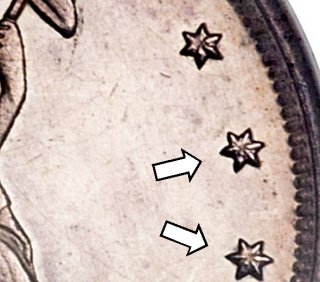 Reasonably full right obverse stars |
Re-marriage (BF-3R):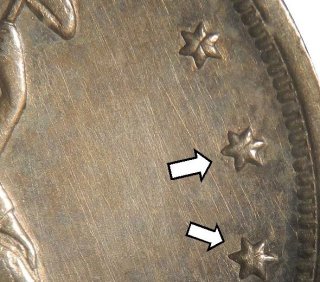 Weakly-struck right obverse stars Note, the example pictured above was cleaned, but shows no wear. |
|
Original Marriage:(BF-3)
The heavily re-polished reverse die from 1875 still shows the original horizontal die file marks next to the eagle’s tail feathers. 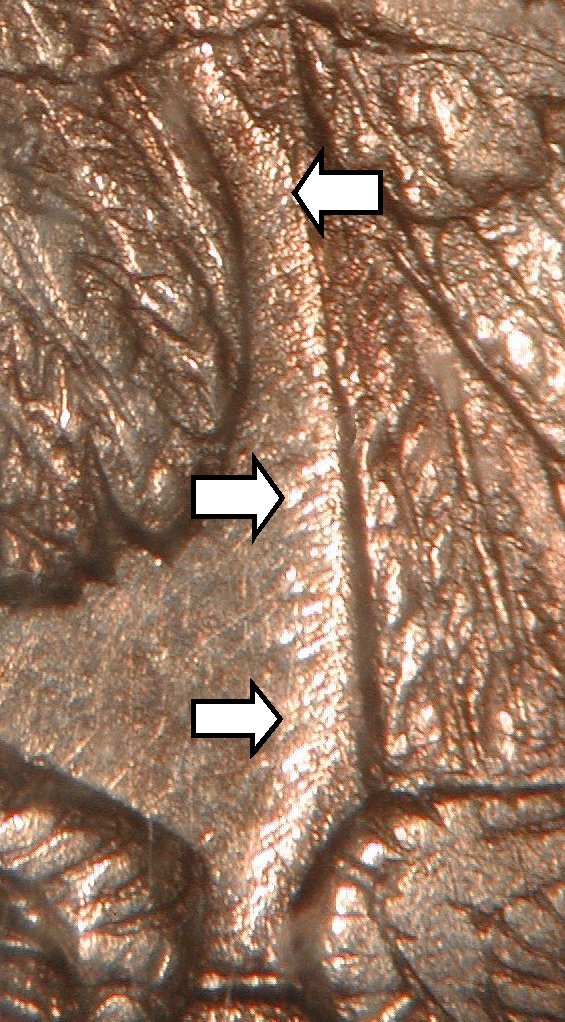 Little or no rust on reverse die file lines or feathers |
Re-marriage (BF-3R):
The original horizontal die file marks are now seen through die rust. The die rust also appears in the eagle’s feathers. 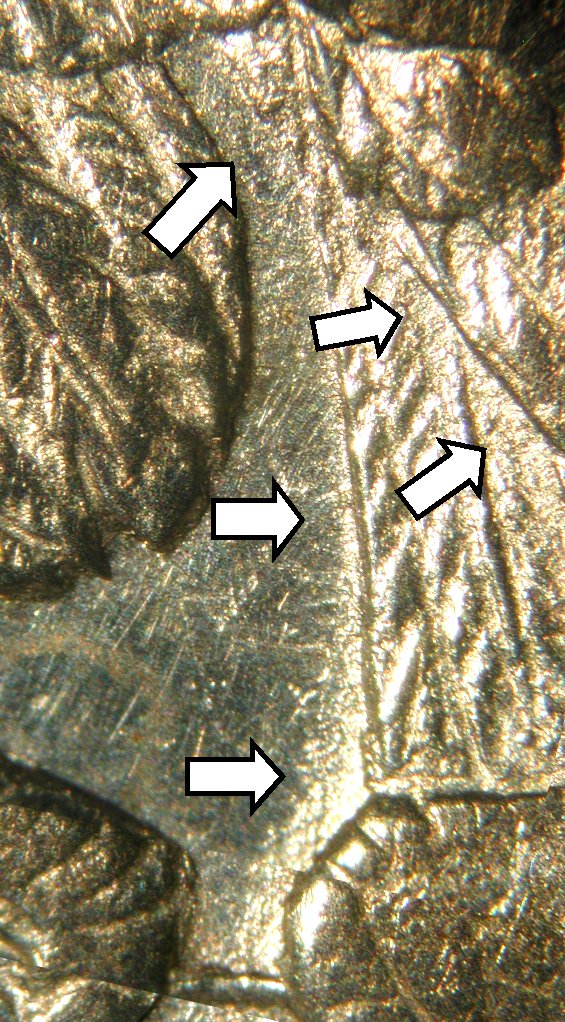 Die rust on file lines and feathers |
|
BF-3 Photo credits: The photo showing the strong stars on the Original Marriage BF-3 is courtesy of Heritage Auctions.
The other photos were taken by the authors. | |
|
Other BF-3 credits: Donald Babiec provided the more attractive of the BF-3R examples for photography. | |
1876-P BF-3 - Obverse 3 |
1876-P BF-3 - Reverse B (Rev. B of 1875) |
 Click for full-size image |
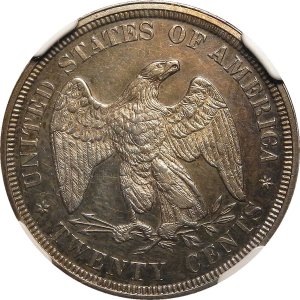 Click for full-size image |
